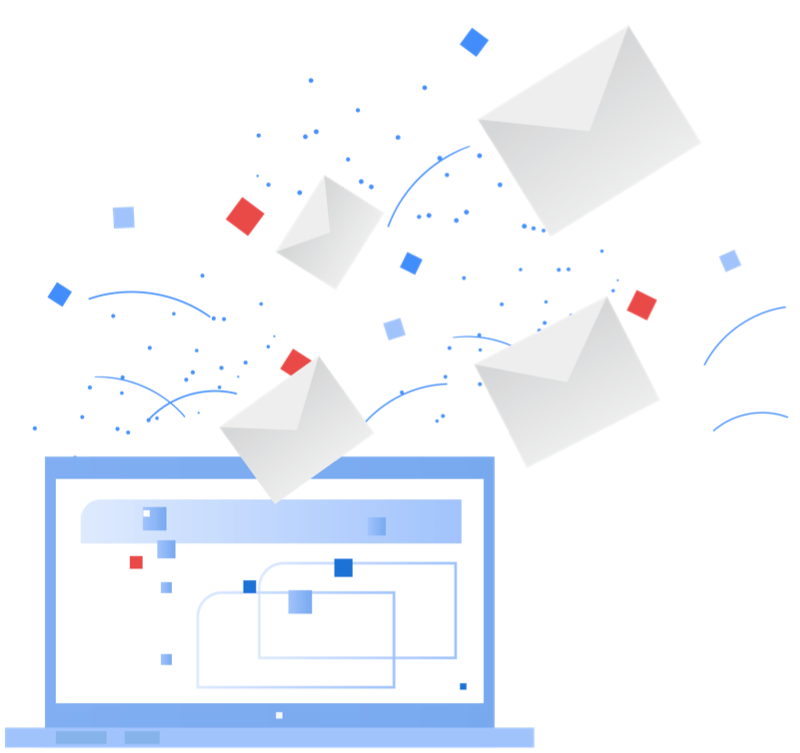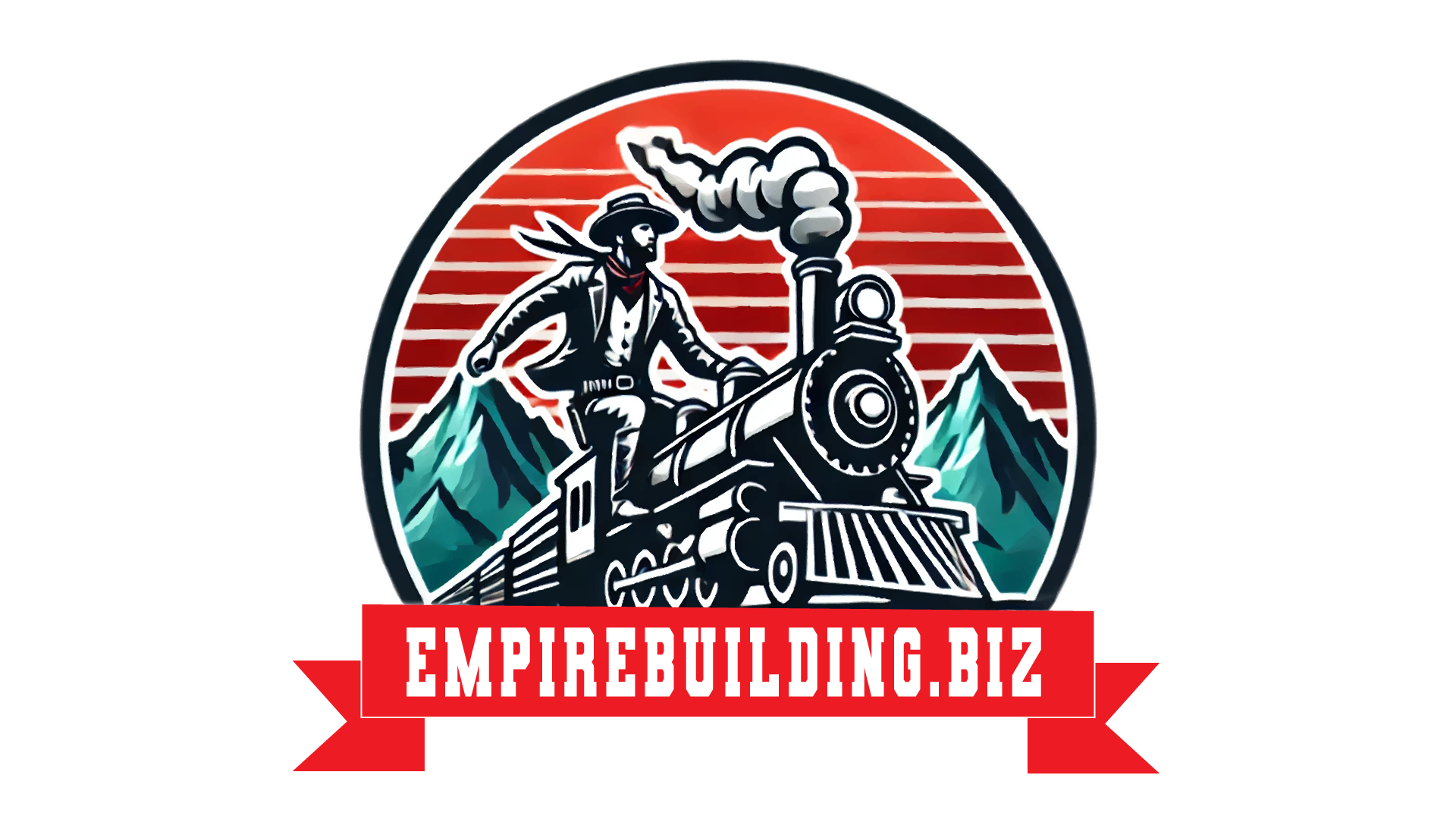Segmentation Secrets: How Email Marketing Software Targets the Right Audience
Email marketing can be a great way to build relationships with customers and prospects, and when used correctly, can help you drive more revenue. However, it’s important to be able to target the right audience with the right message, in order to get the best results.
One way to do this is through segmentation. Segmentation Secrets: How Email Marketing Software Targets the Right Audience explores some of the different ways that you can use segmentation to improve your email marketing campaigns and increase response rates.
In addition to a better understanding of your customer base, using segmentation can also allow you to offer more personalized content to your customers. For example, if you know that one of your segments is interested in purchasing a product, you can create an email with a special discount for them, which will help to drive sales.
Similarly, if you know that another segment of your customers is a frequent buyer of a certain type of product, you can create an email specifically for them with a discount on that particular item. This type of personalized marketing can make a significant difference in your bottom line and can give you a competitive edge over the competition.
While there are many different ways to segment your email list, it is important to remember that your segments must be definable and easily distinguishable from each other based on some observable characteristic or activity. For instance, if you conduct a survey and ask your subscribers their gender, this is an easy objective factor to sort your segmentation by.
Another good rule of thumb to follow when creating your segments is the “three adjectives” rule, which suggests that if you cannot describe a group in three adjectives, it’s too broad and shouldn’t be a part of your segmentation. This will help you avoid over-segmenting your email list, which can lead to a lower response rate and decreased ROI.
Segmenting can be a tricky process, and it is often difficult to keep your segments up-to-date. Fortunately, there are many tools that can help you do this. For example, some email service providers have built-in segmentation tools that can automatically recalculate and refresh your segments as new data comes in, helping you to keep your emails targeted and relevant.
Moreover, some of these tools can unify data from multiple sources, including your store, CRM, and email marketing platform, making it easier to update each of those platforms as your customer data changes. This can save you a lot of time and effort.
Finally, you should always be looking for ways to further personalize your emails. For example, if you use a tool like Vero to track events for your customers, then you can capture attributes with those events that allow you to do some pretty crazy segmentation. You can then use those attributes to customize the subject lines of your emails or even personalize images that are displayed in your email messages.

Free Training video
how to Transform Your Sales with Our Proven 7-Day Email Follow-Up Campaign.
My Recent Posts
All-in-One Sales Automation Platform
Check out my recent post on all-in-one sales and marketing tools and what I think of it.
Sales Funnels
Check out my recent post on sales funnels and what I think about them. Are they still worth it?

My first car was a 1949 Chevrolet, Torpedo. Paid $50 for it . Today it cost more than that just to fill my tank . True story : I took an old phone out of mom’s store-room and glued it on the dash and drove around holding the phone to my ear ,like I was talking on the phone while driving . You bet I thought I was so cool ! Today everyone has a phone they are staring at that can do anything you can think of and it makes phone calls too. Today I can use that phone in my p[ocket and call my daughter in Florida and my sister in California from almost anywhere in the world . Be careful what you wish for , you just might get it .
Anthony Vitale
